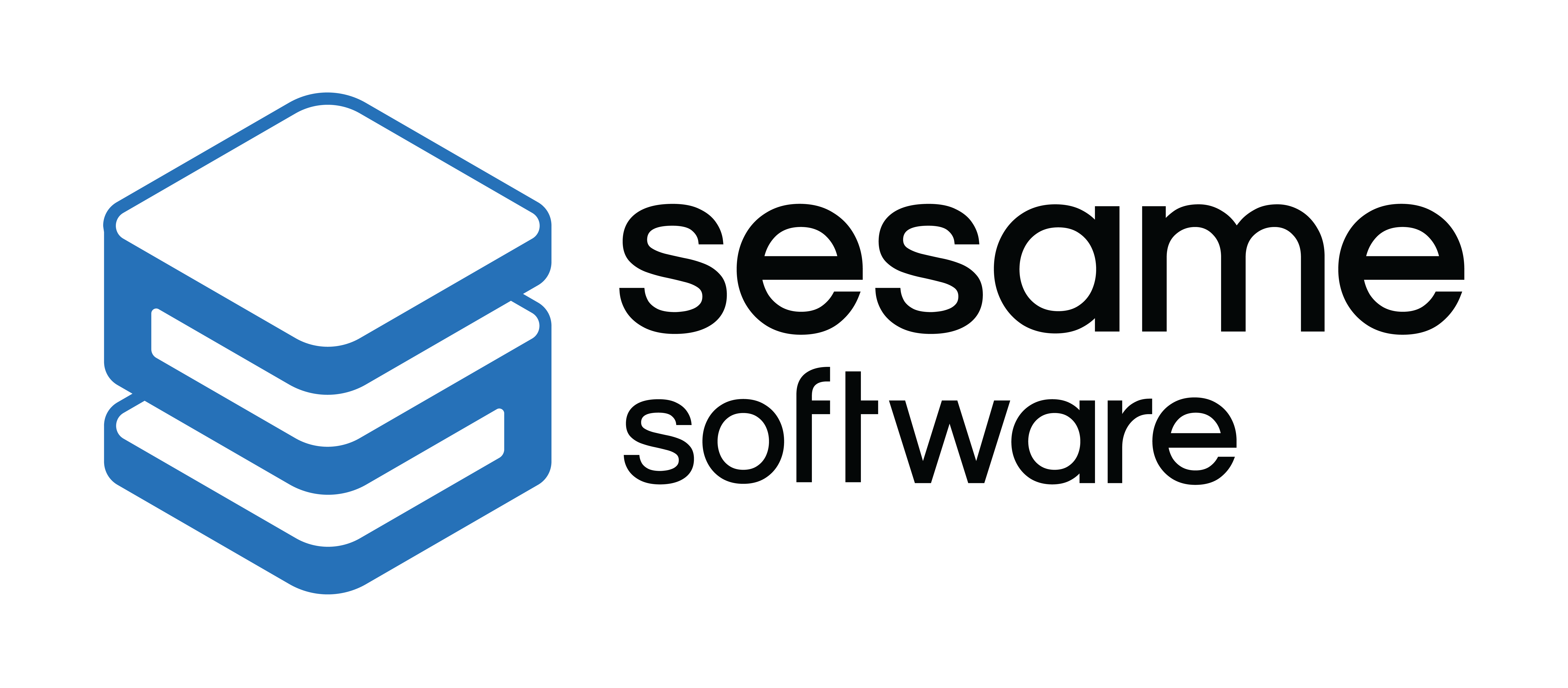How to Manage Salesforce Data Backup and Recovery with Sesame Software
- Sesame Software
- Sep 10
- 3 min read
Updated: Sep 16
Backing up your Salesforce data is not just a precaution, it is a critical step in building a resilient data strategy. Whether you are safeguarding against accidental deletions, system errors, or compliance audits, having a reliable backup ensures that your business can recover quickly and confidently. Sesame Software provides a flexible backup and recovery solution that keeps you in control of your Salesforce data, reducing risk while giving your team peace of mind.
Connect Salesforce to Sesame Software
Connecting Salesforce to Sesame Software begins with establishing a secure API integration that creates a trusted connection between your environment and the platform. Once connected, Sesame Software performs a full backup of your Salesforce org, followed by automated incremental backups that capture only the changes made since the last run. This approach keeps backups current, minimizes strain on your systems, and conserves API usage. Backups can run as often as your business requires, even in near real time, so your Salesforce environment is always protected.
Configure and Monitor Salesforce Data Backup Schedules
With Sesame Software, you have the flexibility to configure how and when backups run. The user-friendly dashboard makes it easy to confirm that backups are working properly, review recent activity, track storage usage, and adjust schedules to fit your needs. Your data is stored securely in the location you choose—on premises, in your cloud, or in a hybrid setup—so you retain full ownership and control.

Salesforce Data Restore with Precision
Restoring Salesforce data is often where backup solutions are tested. Sesame Software makes the process straightforward by allowing you to browse historical backup snapshots, select the version you need, and restore exactly what is required. Recovery can be as broad as an entire Salesforce org or as precise as individual records or fields. This type of granular restore is often highlighted by tools like Odaseva and Own, but Sesame Software provides the same precision while giving you the ability to manage your data in your own environment.

Ensure Compliance and Continuous Protection
For organizations in regulated industries, continuous protection and compliance-ready strategies are essential. Sesame Software supports compliance by keeping backups secure, running throughout the day, and stored under your control. With reliable version history and selective recovery options, your organization can meet both internal policies and external regulations with confidence.
Strengthen Your Salesforce Backup Strategy
Relying solely on Salesforce’s native capabilities can leave gaps in your protection plan. Sesame Software delivers a robust, flexible platform that strengthens your resilience and ensures that your Salesforce data is always recoverable. Whether you are proactively preventing issues or responding to unexpected incidents, Sesame Software helps you take control of your backup and recovery process.
Next Steps
Download our eBook to unlock essential insights into data loss prevention and effective recovery.
Talk to a Data Expert to design a backup and recovery plan for your Salesforce org.
See our pricing options to compare models.
Watch our mini demo on YouTube (or below) to see how easy it is to get started.
Backup and Restore FAQ
How often should I back up Salesforce data?
Backups should run daily at minimum, but many organizations schedule them throughout the day or even in near real time.
Does Salesforce provide its own backup?
Salesforce has native backup features, but they are limited. For full control, compliance support, and granular restore, third-party solutions are recommended.
Can I choose where to store my Salesforce backups?
Yes. With Sesame Software you can store backups on premises, in your cloud, or in a hybrid environment, giving you complete ownership of your data.
What if I only need to restore a single record?
Sesame Software supports granular restore, allowing you to recover exactly what you need without disrupting your entire org.
Found this article useful? Share it with your network using the links below.
